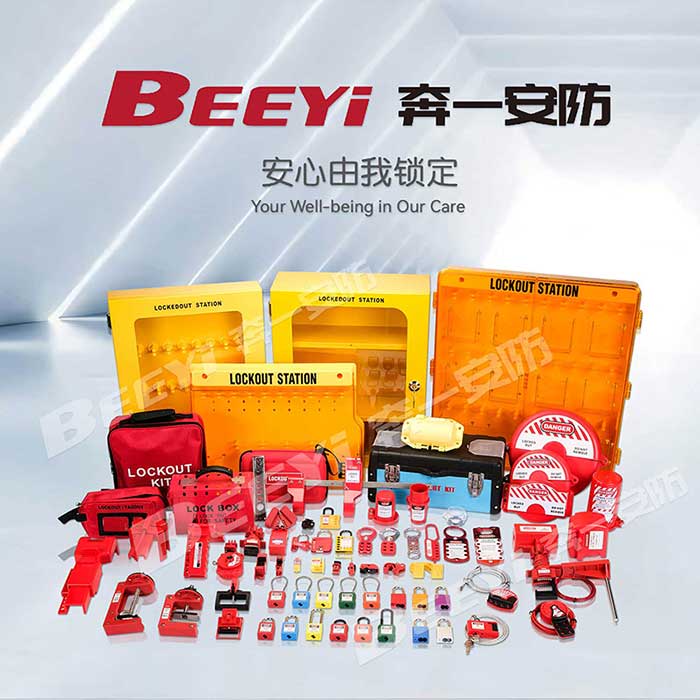Safety in the workplace is paramount, especially when dealing with industrial equipment and machinery that can cause serious injuries or fatalities if mishandled. One of the most effective safety protocols for protecting workers during maintenance and repair work is the Lockout/Tagout (LOTO) procedure. This system is specifically designed to prevent accidental energy release, ensuring that machinery remains in a safe state during servicing. In this article, we will explore the significance of the LOTO system, its components, and how it helps maintain a safe working environment.

What is Lockout/Tagout (LOTO)? Lockout/Tagout (LOTO) refers to a set of safety procedures used to ensure that dangerous machines are properly shut off and cannot be started up again before the completion of maintenance or repair work. The procedure involves two key elements: lockout and tagout. Lockout: This involves physically locking off energy-isolating devices, such as switches, valves, and electrical breakers, using a lock that only the authorized worker can remove. This ensures that no one can inadvertently re-energize the equipment. Tagout: This is the process of attaching a warning tag to the energy-isolating devices, informing others that the equipment is under maintenance and should not be operated. The tag provides a visual warning of potential danger and provides details about who is performing the maintenance.